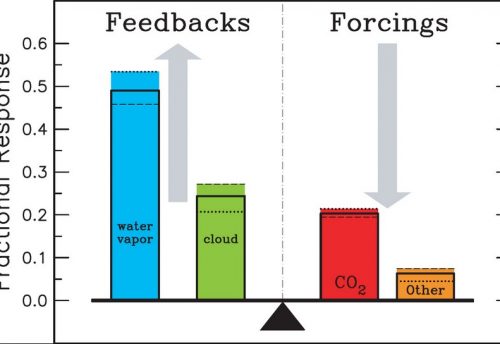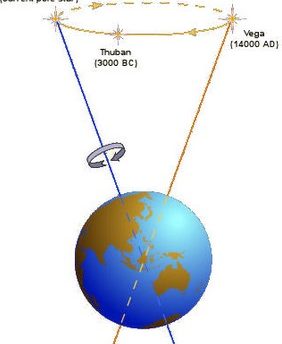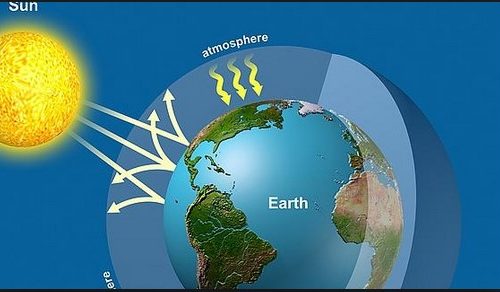
Epeirogeny is the term used to describe changes in the global disposition of land masses, and like orogenic processes, these changes are driven by internal plate tectonic movements. Because the internal dynamics of the Earth are slow, continents move about the globe at a rate of several centimetres per year. However, over tens or hundreds of millions of years, both the size and position of land area can change appreciably.
At times in Earth history, there have been super-continents in which all the continental plates were locked together in one area of the globe. The last of these occurred about 250 million years ago, and is named Pangea. Since that time, the continents have gradually moved apart, the most recent separation occurring between Europe and North America, during the last 60 to 70 million years. What is now the Pacific Ocean used once to be the vast expanse of water, called the Panthalassa Ocean, that surrounded Pangea.
A number of possible mechanisms which forced global climate to fluctuate between “greenhouse” and “icehouse” states have been explored (Crowell & Frakes, 1970; Beaty, 1978a, 1978b). First, as the continental area occupying high latitudes increases, as a result of continental drift, so the land area with permanent ice cover may expand, thus raising the planetary albedo, forcing (radiatively) a global cooling (the ice-albedo feedback). Second, the arrangement of continental land masses significantly affects the surface ocean circulation. Since ocean circulation is involved in the latitudinal heat transport regulating global climate (see section 1.2.5), so the wandering of land masses may force (non-radiatively) climate change over times scales involving tens or hundreds of millions of years.
Such long term variations in ocean circulation as a result of continental drift, in addition to orogenic processes (see section 2.6.1), may have accounted for the return to a global “icehouse” that has taken place over the last 40 million years (Crowley & North, 1991; Frakes, 1979). Figure 2.4 postulates a particular scenario of hypothetical ocean circulation changes that may account for global climatic changes.
Associated with continental drift is the tectonic process of sea floor spreading. In the preceding section, it was explained how tectonic plates collide with one another and are consumed either by subduction or mountain building. New lithospheric plate material is formed at mid-ocean ridges, tectonic spreading centres, that mark the boundary between two diverging plates. These sea-floor regions, for example the Mid-Atlantic Ridge, release large amounts of energy and associated greenhouse gases. At times of enhanced tectonic activity and sea floor spreading, elevated levels of greenhouse gas emissions may initiate or augment a “greenhouse” world.
As the newly formed plates diverge, they slowly begin to cool, and as the density of the exhumed rock increases, so the ocean crust begins to subside, as schematised in Figure 2.5. During times of increased tectonic activity, spreading rates are faster and the ocean crust has less time to cool and subside. The resulting ocean bathymetry is shallower that it otherwise would be and causes an (epeirogenic) rise in sea level.
During Cretaceous times (see section 5.2.2.2), mid-ocean ridges were indeed more active than they are today (Arthur et al., 1985; Davis & Solomon, 1981). Consequently, sea levels stood several hundred metres higher (due also to the absence of water-storing ice sheets), covering vast continental areas with shallow-level (epeiric) seas. Such a situation may have two important consequences. First, ocean circulation will be markedly affected, influencing global climate as illustrated above. Second, the large shallow seas, with relatively lower albedos than the land areas which they submerge, would be capable of storing considerably more energy, thus heating the Earth’s surface.




Leave a Reply